How to Repair a Wall: 10 Repair Methods & Techniques
We get a lot of use of the wall around us. It’s almost an inevitability that eventually there will be some damage. It could be either as small as a dent or as large as a hole. Learning how to adequately repair a wall is a skill every homeowner should have.
Below are the ten different ways on how to repair a wall properly:
1. Repainting the Whole Wall
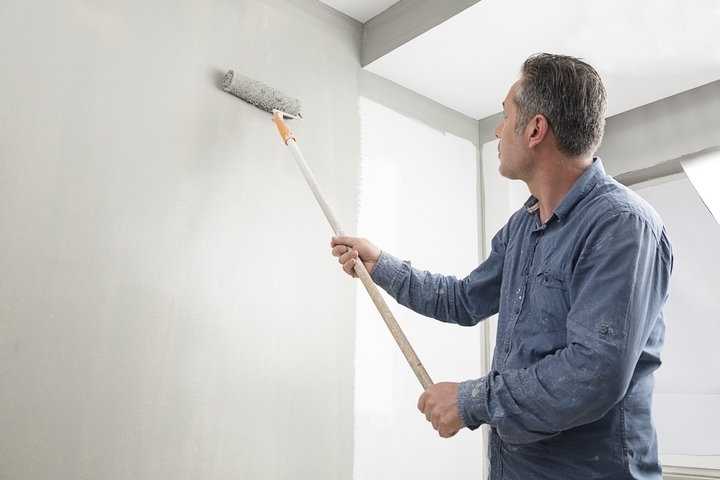
If you’re repainting the whole wall, you will have to prime and fix large holes and any other damage before getting started. Note that a semi-gloss finish or shinier paint will make damage stand out more. The more gloss, the more surface textures will be noticeable.
2. Evaluate Where Your Utilities Are
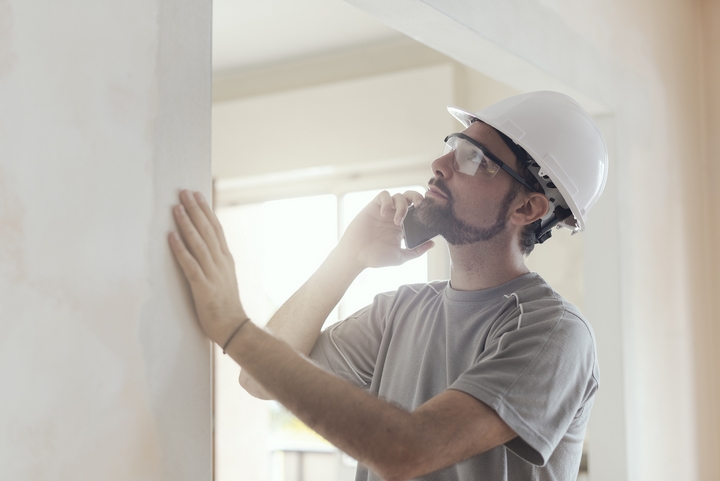
Before you repair a wall, evaluate where your utilities are first. Electric wires are typically attached to wall studs. Before you begin to cut, drill, or nail drywall, be sure you’re completely aware of what’s behind the wall.
3. Spackle Small Dents and Dings
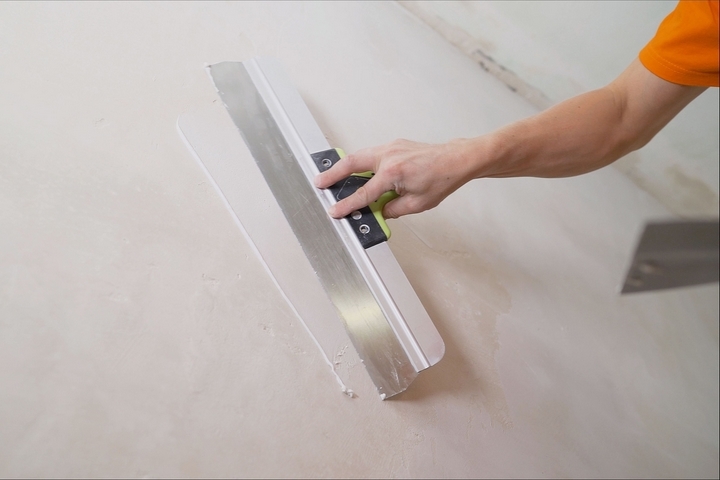
If the damage you’re trying to cover up is in the form of small dents and dings, all you need is a little bit of spackle. Cover the hole or dent with fast-drying spackle and give it 24 hours to dry. Once completely dry, sand it down smooth.
4. Small Doorknob-Size Holes
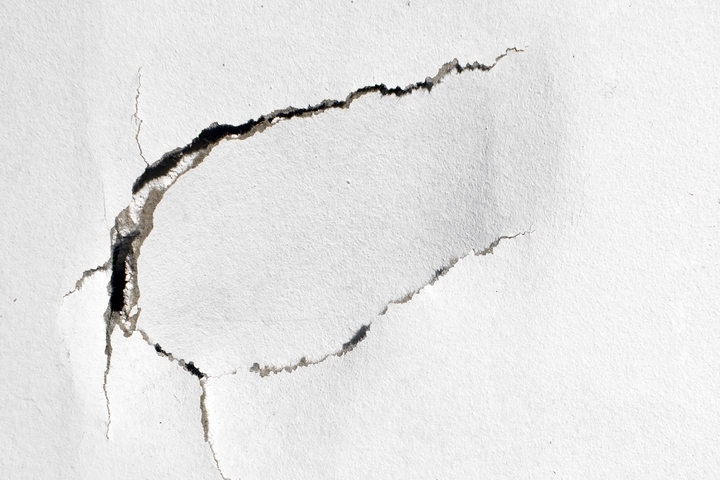
If you have a hole the size of a doorknob, you will likely need to buy a wall patch kit with a self-adhesive mesh patch. Place the patch over the hole. Use a drywall knife to cover it with some spackling compound.
Do so in a criss-cross pattern. Feather the edges so they blend with the surrounding wall. Let the patch dry. Judge where it needs a second coat. Once everything is completely dry, sand it down until it’s smooth.
5. Medium Size Holes Up to 6 Inches
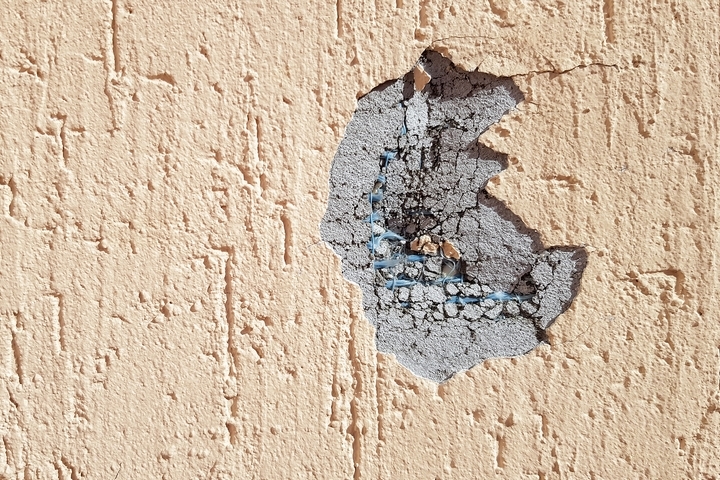
Once we start to get into medium to larger holes, how to repair a wall becomes more complicated. Cut a piece of drywall into a square shape that’s two inches in width and height larger than the hole that needs to be repaired. Score the back with a utility knife an inch from each side. Snap off the gypsum but leave the paper backing. When ready, proceed to the next step.
6. Accurate Measurement is Everything
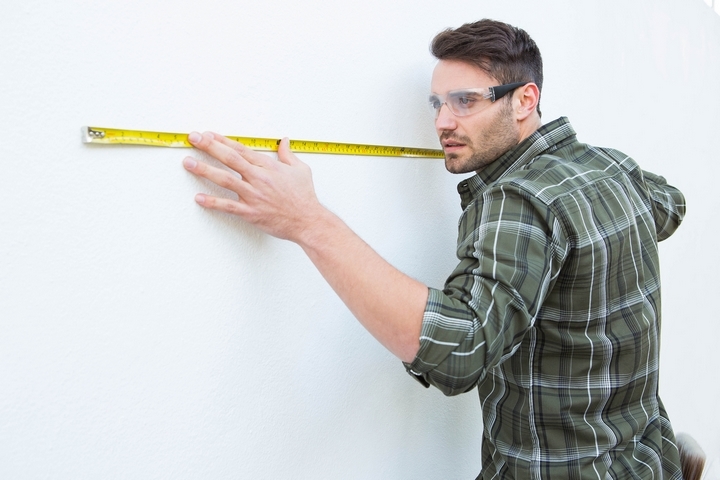
Hold your drywall patch over the hole and trace around the gypsum. Don’t include the paper border in the transfer. Cut out the traced square carefully with a drywall saw. Apply joint compound to the back of the paper border and fit the gypsum into the new hole, pressing the paper edges into place along the outside edge of the hole.
Cover the entire patch with joint compound until the lines are perfectly camouflaged. Another coat of compound may be required. Let it dry fully. Sand smooth. You’re done.
7. Holes Larger Than 6 Inches
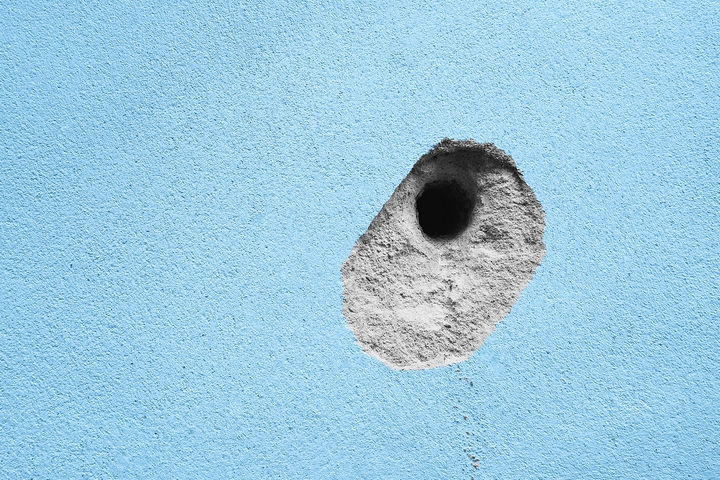
For holes larger than six inches in size, the method of repair is the same as medium size holes but using a different attachment approach. After you’ve cut your hole in your wall with a drywall saw, attach a furring strip inside the hole to either side of the hole with screws. Ensure the screws sink beneath the surface of the drywall.
Now, set the drywall patch in place by screwing it into the furring strips. Apply joint tape on the borders of the patch. This mesh tape adds more strength to the bond between the patch and the wall which will prevent further damage or cracking. From here, you can apply joint compound like you would for a medium-sized hole. Let it dry and then sand smooth.
8. Damage To A Wall Corner Bead
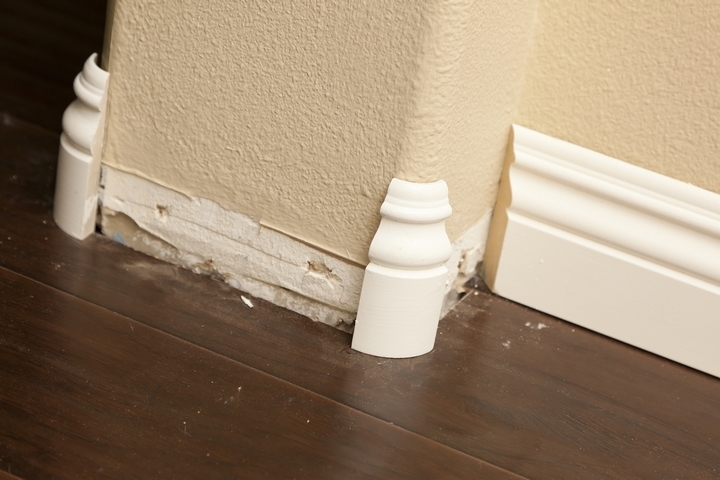
When you have two pieces of drywall that meet and form a corner, when there’s damage, a hacksaw is required to cut the damaged corner bead horizontally above and below. Take a utility knife and cut vertically connecting these top and bottom cuts. Fully remove the damaged piece.
Cut a new piece of corner bead to fill the gap and attach it with nails or a manufacturer-recommended adhesive. Apply joint compound to both sides of the corner, smoothing any rougher edges, and then let it dry. Sand smooth once fully dried. For additional protection, consider installing a metal corner guards on the wall, which will give it extra durability.
9. Why We Always Sand Our Work
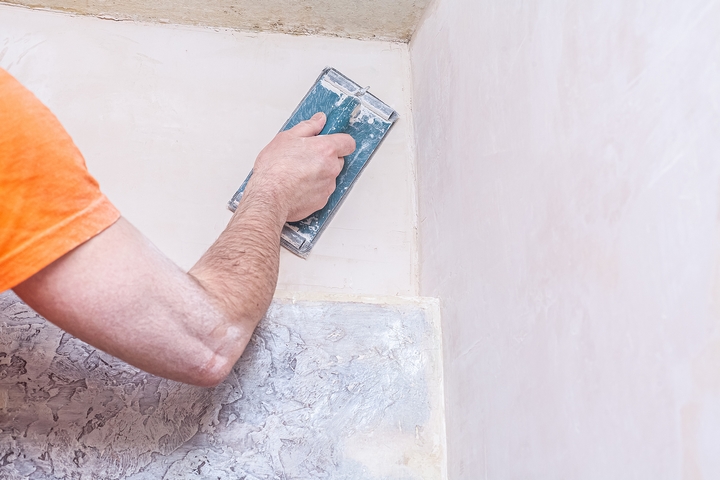
Sanding is done to smooth your repair done. Light sanding ensures a wall is smooth and ready for painting if/when you decide to do so. Sanding also ensures there aren’t any noticeable differences between the patch and the wall.
After you’re confident in your sanding work, the remaining steps are to cover it with a coat of primer. Let it fully dry. Lastly, you can complete your painting with confidence in knowing it’s not going to look uneven or unattractive.
10. Wall Protection
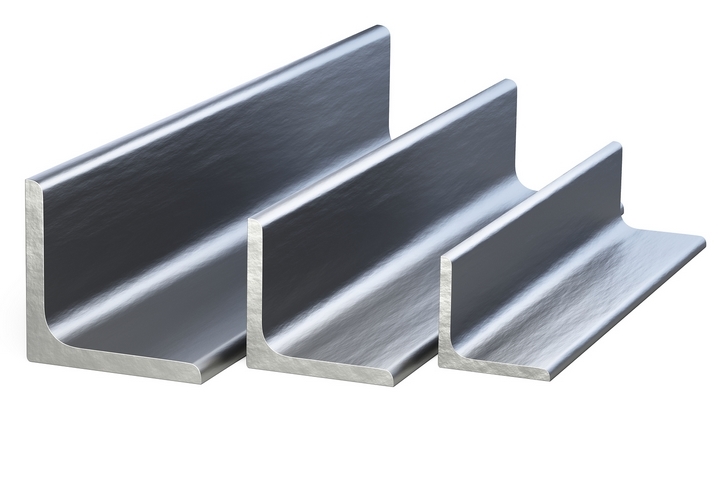
After your repair is done, it is worth considering protection for your wall. Something like stainless steel or aluminum corner guards and/or plating can work in high-traffic areas or environments where wall damage is likely. Particularly for industrial environments, added stainless steel wall protection is strongly recommended.

